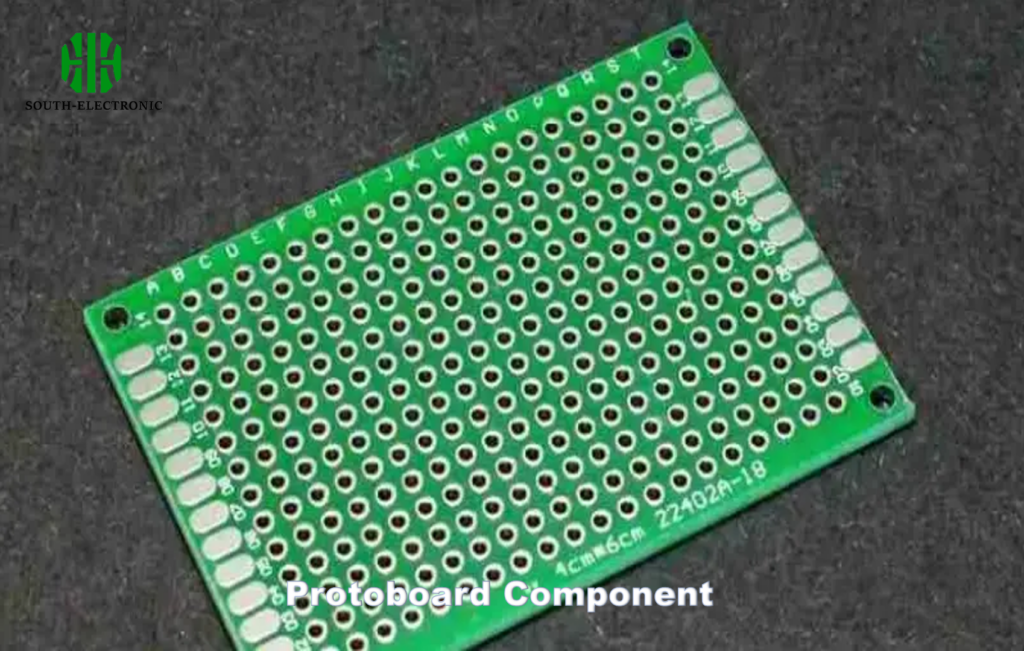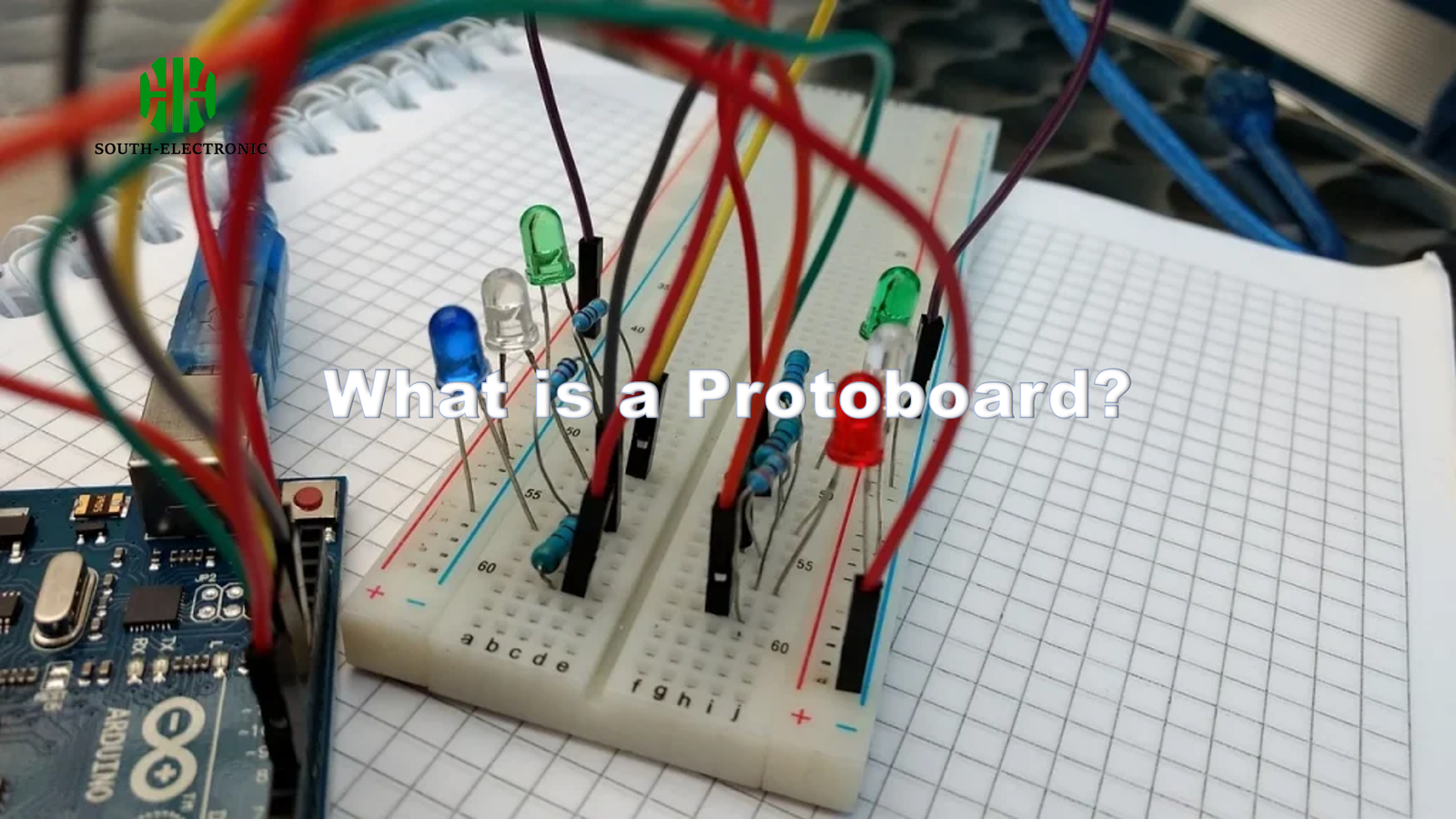Struggling to test circuits without soldering? Wasted time on permanent setups that failed? A protoboard offers risk-free testing. Connect parts instantly.
Protoboards—plastic boards with spring-clip holes—let you build temporary circuits. No soldering needed! They help test ideas fast. Avoid mistakes before final builds. Perfect for learners.

Now, you know the basics. But how does it fit your projects? I'll break down key choices next.
Protoboard vs. Breadboard: Which One Should You Grab?
Choosing wrong wastes hours. Your circuit falls apart mid-test. Frustrating! Understand the gap.
Use breadboards for quick tests under 5 volts. Use a protoboard for stability or semi-permanent setups. Breadboards rearrange easily. Protoboards handle vibrations better.

How They Differ
I group differences in 3 areas:
| Feature | Breadboard | Protoboard |
|---|---|---|
| Reusability | Unlimited swaps | Limited reusability |
| Stability | Loose connections | Firm grip |
| Voltage Limit | Low (<30V) | Medium (100V projects. Traces melt! Use PCBs or terminal blocks instead. |
Conclusion
Protoboards shine for mid-stage testing and learning. They fix flaws early. But know their limits—speed, size, and power. Choose wisely!



